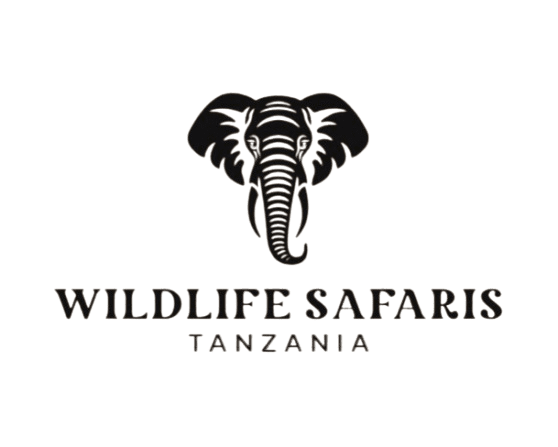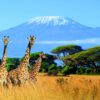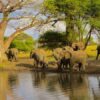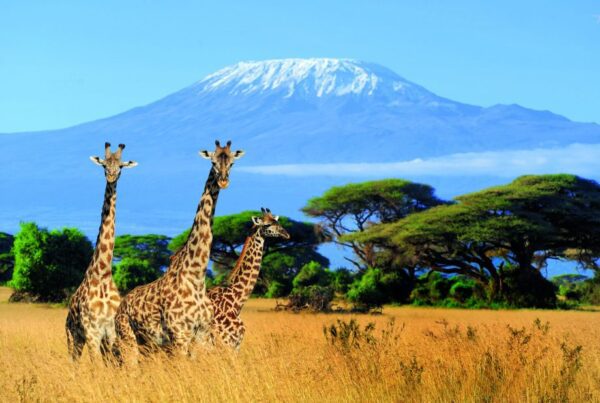THE SIX BEST CITIES IN TANZANIA AND WHAT MAKES THEM DIFFERENT
Tanzania offers a whole lot more than just safaris. All these interesting cities, each with its own history, are connected in a web. The cities offer treasure troves of opportunities for adventure-style, culture-based adventures beyond the ordinary, even if many tourists come to see the wildebeest migration or climb Mount Kilimanjaro. Arusha and Dar es Salaam are two cities that many tourists are more familiar with than others. Seven of the most interesting cities in the nation are detailed in this guide. The sixth item will, in fact, catch you off guard.
1. Dar es Salaam
Businesses, entertainment, and other types of activities abound in this metropolis. A melting pot of cultures, it is both the busiest capital and the biggest metropolis in the country. The construction of state-of-the-art infrastructure there is putting it in its prime.
The city is host to two excellent museums that house Tanzania’s rich cultural and historical heritage: the National Museum and the Village Museum. The Benjamin Mkapa Stadium, which serves as the national stadium, is another key landmark. Stop by as the two massive teams, Simba and Yanga, compete in the so-called “Kariakoo Derby” (utani wa jadi) and see the throng revel in their rivalry.
You may go snorkeling off the coast at Mbudya Island. The fresh fish available at the Kivukoni Fish Market is sure to be irresistible. Take a stroll around the bustling Kariakoo Market, but watch out for your belongings.
Safaris departing from Dar es Salaam may take you to parks including Ruaha, Mikumi, and Selous Game Reserve. Flights from all around the world land at Julius Kambarage International Airport every single day. Businesses also use the Dar es Salaam Port, the second entrance port, to send and receive goods from all over the globe. Actually, there is a beach called Coco Beach where you can go swimming, sunbathing, and playing a variety of water sports.
Arusha
Those who have visited the Serengeti or Kilimanjaro may be familiar with this city. The Serengeti, Ngorongoro, Kilimanjaro, Lake Manyara, Tarangire, Mount Meru, and countless more northern locations may be reached from this northern location.
Tourists from Europe and other parts of the world love the cool temperature of Arusha. Consequently, it welcomes a diverse range of cultures, from nomadic Maasai to tourists from all over the world. The streets are filled with Maasai marketplaces where you can buy sandals, beads, and other products. On the slopes of Mount Meru, you can see coffee plantations.
You can find valuable gems like Tanzanite and other souvenirs at the Cultural Heritage Center, so be sure to stop by while you’re here. Be sure to swing by the Clock Tower, which serves as a landmark midway between Cairo and Cape Town. Alternatively, you may spend the day canoeing down the Small Momella or going on a wildlife drive in Arusha National Park.
This city is all about nature and adventure, which is why it’s called the safari capital. Serengeti National Park, Ngorongoro Crater, and Mount Kilimanjaro are just a few of the many tourist attractions that make Arusha city unique.
Many foreign aircraft land at Kilimanjaro foreign Airport, which is located in Arusha. Planned flights depart from Arusha Airport and go to several locations, including the Serengeti, Tarangire, Lake Manyara, and more.
There is a certain cultural allure to Arusha. The Maasai are a nomadic pastoralist people who, among other things, have distinctive dances (such as the Adumu dance), clothing, and ways of living. The second group is the Hadzabe nomads who live near Lake Eyasi. Lastly, there are more tribes, like the Waarusha and the Wameru.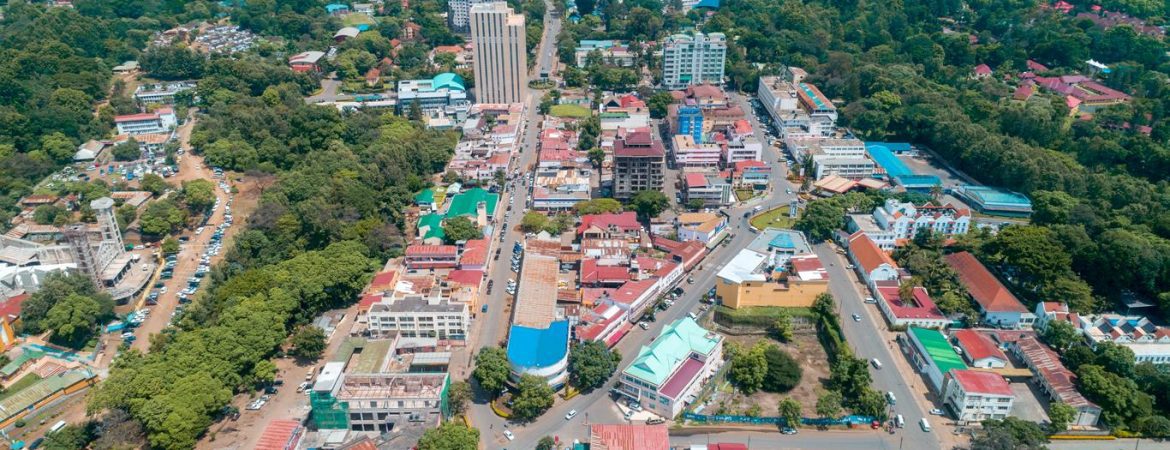
3. Mwanza
Safari hotspots including Ukerewe, Burigi-Chato, Rubondo Island, Saanane Island, and Rubondo National Parks can be reached from Mwanza, which is often disregarded.
Animals like as crocodiles, hippos, bushbucks, giraffes, elephants, monkeys, and the critically endangered chimpanzees call Rubondo Island home. However, while habituation is still ongoing, it does not provide chimpanzee hiking permits. Being on Saanane Island is perfect.
The city is also known as the Rock City because of its large granite rock formations. Take a sunset boat trip to one of the nearby islands or relax on the freshwater beaches that border the lake.
The cultural life of Mwanza is vibrant because of the Sukuma people, who are the biggest tribe in Tanzania. Sukuma Museum in Bujora is open to the public. Bismarck Rock is Mwanza’s most recognizable landmark.
4. Dodoma
Central to Tanzania is the city of Dodoma. In comparison to other major cities in Tanzania, such as Dar es Salaam and Arusha, this capital falls short. It possesses the distinct cultural allure of the Gogo and Rangi peoples. When compared to other large cities, this one is rather peaceful.
Nyerere Square, the Gaddafi Mosque, Jamhuri Stadium, and the Bunge (Parliament) are must-sees for any visitor to this city. Grown on expansive estates in Mpunguzi, grapes are its trademark crop. The Lion Rock hiking trail and the Kondoa Rock painting are two of Dodoma’s most distinctive attractions.
5 Mbeya
Mbeya is tucked away in Tanzania’s southern highlands. Two countries—Zambia and Malawi—border it. This city caught us off guard today. You could be taken aback. You were expected to do it. Along with our guest, we explored Mbeya, and we came to the conclusion that, due to its remote location in the country’s southwestern region, the city is much underappreciated.
What makes us think this is significant:
Matema Beach on Lake Nyasa is a peaceful spot to relax after a long day. • The city tour is an adventure because it is situated on hills.Another great spot for an adventure is Ngozi Crater Lake. This lake is also the subject of several fantastical tales.
• The Garden of God, Kitulo National Park, is located in Mbeya. Rare primates like the kipunji and an abundance of flora may be found here.Nyakyusa and Safwa are only two of the many distinct cultures represented in the city. • Climbers may tackle the Mbeya and Loleza Peaks, two of the most difficult peaks in the region.
Because of its relaxed atmosphere and mild weather, Mbeya is also a great place for adventurers and ecotourists to come.
6. Tanga Raha
“Tanga Raha!” is a popular expression in Swahili that means “Pleasure in Tanga.” The one-of-a-kind allure of Tanga is encapsulated in these and other expressions. Positioned on Tanzania’s coast in the northeast lies the city. There are historical islands that are deserted but rich in Swahili and Arab culture, as well as coral stone remains.
Here you may explore the tranquil Pangani Coast, the ancient Tongoni Ruins, or the mysterious Amboni Caves. Cultures such as the Sambaa and Zigua are quite alive there.
A trip to Zanzibar or a climb of Kilimanjaro aren’t the only things to do in Tanzania. The cities in this region have a wealth of history, from historic trade routes to the rich cultural diversity and breathtaking natural scenery of today. Which city, from the famous to the utterly surprising, would you visit first?
